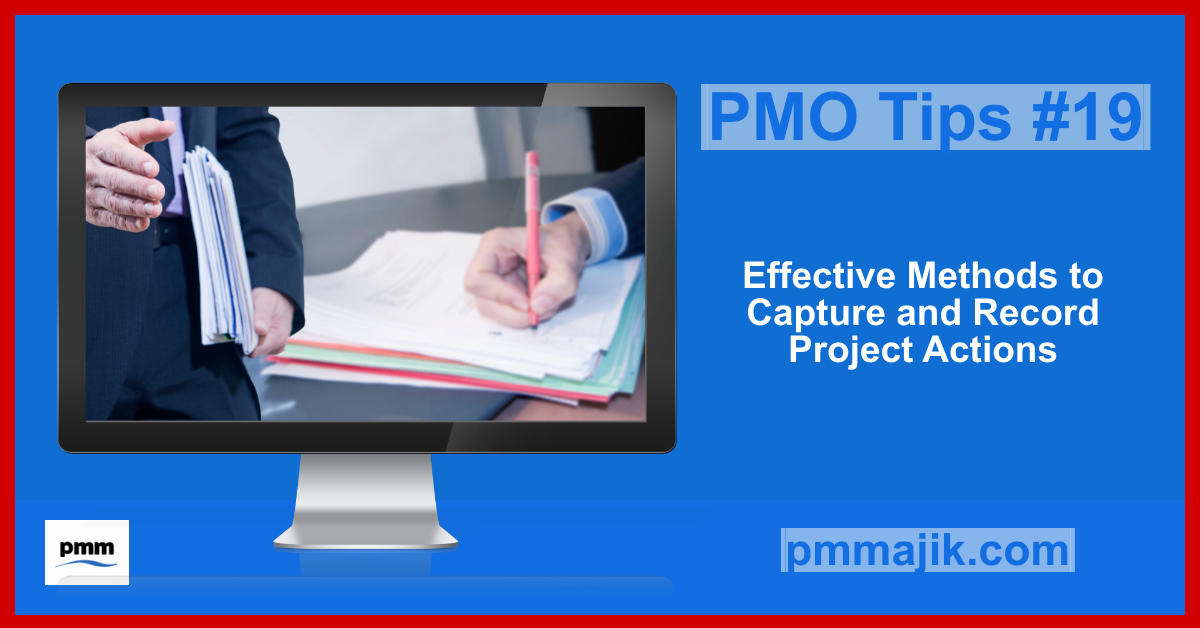In the expanded world of project management, the ability to capture and record project actions cannot be overemphasized. This ability is most appreciated during formal boardroom settings or casual team settings. In fact, this ability can spell the difference between confusion and success. Therefore, there is a need to hone one’s ability to capture and record project actions with precision and finesse.
There are techniques to learn, and there are pivotal elements to understand to sharpen your skills. If you’re looking to hone your project management skills, this article provides clarity on how to be a master in the game. It covers strategies for seamless action recording, encapsulating technique, and the significance of ownership and target dates.
Formal and informal meeting: Navigating the spectrum
Project actions are crucial where predefined goals are paramount. They are equally vital in meetings, having teams that love catch-ups and brainstorming sessions for a more unrestricted exchange of ideas. In short, project actions are crucial in both formal meetings like milestone reviews and board meetings and informal meetings.
For formal meetings, there is a template to follow: fields for action description, owners, target dates, and priority. Properly executing this makes your recording process seamless and ensures consistency and clarity. However, there are one-size-fit all templates that capture the entire process of project actions.
- Active listening
You cannot rule out the place of active listening in project actions. Active listening helps you tailor your thoughts and executive them more effectively. Jotting down keywords, phrases, and action-related statements is all part of active listening.
- Summarization
Also, summarization is pivotal to your data-capturing process. Summarization includes that you give an overview of what a speaker has said to confirm that you understand their message and that you have captured it effectively.
- The use of technology
The use of note-taking apps or digital platforms enables real-time collaborations, making it easier to share and track actions.
- Visual aids
Visual aids also have a role to play in capturing project actions. Visual aids allow you to break down complex actions into simpler ones to show you understand them and their interdependencies.
- Assign Action Owners
Assigning action owners immediately after a meeting leaves no room for procrastination. Designate specific individuals responsible for action without ambiguity.
Clarity amidst Complexity
In the chaos of discussions, it is easy for points to become muddled. To ensure precise action capture:
- Ask for Clarification: If an action’s details are unclear, don’t hesitate to ask for clarification. Confirming the specifics ensures accurate recording.
- Paraphrasing: Restating an action in your own words can help identify discrepancies and clarify uncertainties.
- Immediate Validation: Present your understanding of an action item to the group for immediate validation. This proactive approach mitigates misinterpretations.
Ownership and Target Dates: Pivotal Elements
Allocating ownership and target dates during action item discussion is a critical step. Ownership designates accountability, ensuring that someone is responsible during the action to completion. Target dates set realistic deadlines, preventing action from procrastination. However, in some instances, no one is ready to claim ownership. Do the following:
- Rotation system
Implement a system where everyone participates but at different times.
- Volunteer approach
You can encourage team members to volunteer after you state the importance of their volunteering. In some cases, you can have team members who will volunteer.
- Managerial allocation
In cases where there are no team members who volunteer, you can then assign tasks according to the strengths and availability of each member.
In Conclusion….
Capturing and recording project actions has lots many intricacies that require skilful techniques to manoeuvre. Some of these techniques listed in this article are adaptations across formal and informal meetings. Master these strategies and navigate through the nuances of capturing and recording project actions.






